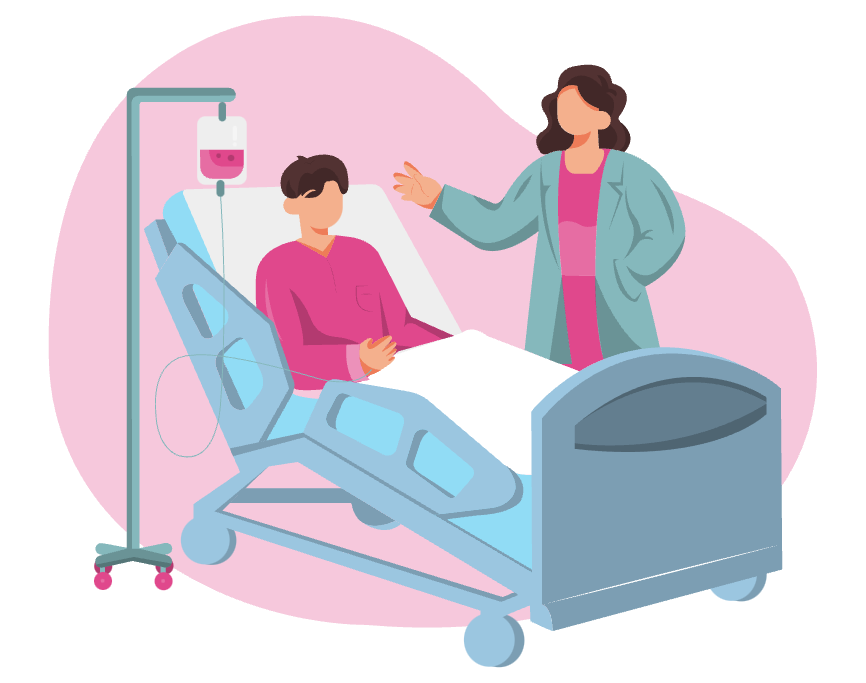“Do you mind if I sit on your bed?” It was my third year of medical school during my internal medicine rotation. My attending asked this question to a patient we were seeing on the wards. The question itself struck me as interesting.
Interesting not because of his seeking to sit at eye level with the patient – we were taught this ad nauseum in medical school. Patients report that when physicians sit during a clinical encounter, patient perceptions of the encounter are more positive – including the perceptions that we don’t seem to be in rush, they feel their concerns are better heard, and we spend more time at the bedside (even if our actual time at the bedside doesn’t change)1,2. It was no surprise to me that my esteemed attending would demonstrate this practice for us.
It also didn’t surprise me that he chose to sit on the patient’s bed as there were no chairs in the room – a common reason cited by physicians when asked why they don’t sit when talking with patients.
What I found interesting was his asking permission to sit.
Asking permission is not uncommon in medicine. We frequently ask patients for permission – also known as consent – to perform a procedure, share medical information, and participate in research. But permission to sit?
My attending discussed the act after we left the room. “When we see a hospitalized patient, remember that their room and their bed is their space,” he explained. “It may look like a hospital room, but for the time they are here, we must respect it as theirs as much as possible.”
When a patient is hospitalized, they have already been taken out of the comfort of their home. We make them all look alike by wearing the same hospital gown. We give them a limited menu of food options – some more limited than others. We tell them when they can and cannot walk the halls (if they are allowed to walk them at all). We limit visiting hours. We label them with wrist bands. We wake them at all hours of the night so that we can return in the morning after sleeping in the comfort of our own beds and see that their blood pressure and heart rate were unchanged.
We tell them what’s going to be done to them – treatments, tests, and therapies – without first engaging them in the why behind it. And that’s if we take the time to share the plan with them at all. Sadly, we commonly order tests, procedures, and consults as easily as we order take out. A simple click on our end that undervalues the impact on the receiving end, leaving patients feeling that they have no control or autonomy throughout their medical experiences.
My attending’s simple action to ask permission rather than assuming he could encroach upon her space conveyed several things: a respect for her as a person, recognition of her as the director the experience, an acknowledgement that she has a choice in what we do and don’t do in her medical care, empathy for her lack of choice to be there due the severity of her medical condition, and an appreciation of her allowing our hospital to care for her in such a vulnerable time.
I don’t remember the details of the encounter beyond this. I don’t remember what diagnosis the patient had or how we were treating it. I don’t remember the patient’s face or which of my medical student colleagues were with me that day. But now, more than ten years later, this is the lesson I remember and continue to take with me in every clinical encounter: the simple act of asking permission even when a textbook or guideline doesn’t tell us we have to.
1 Golden, et al. Sitting at the Bedside: Patient and Internal Medicine Trainee Perceptions. J Gen Intern Med. 2022 Sep; 37(12): 3038–3044.
2 Merel, et al. Sitting at patients’ bedsides may improve patients’ perceptions of physician communication skills. J Hosp Med. 2016 Dec;11(12):865-868.

Leave a Reply